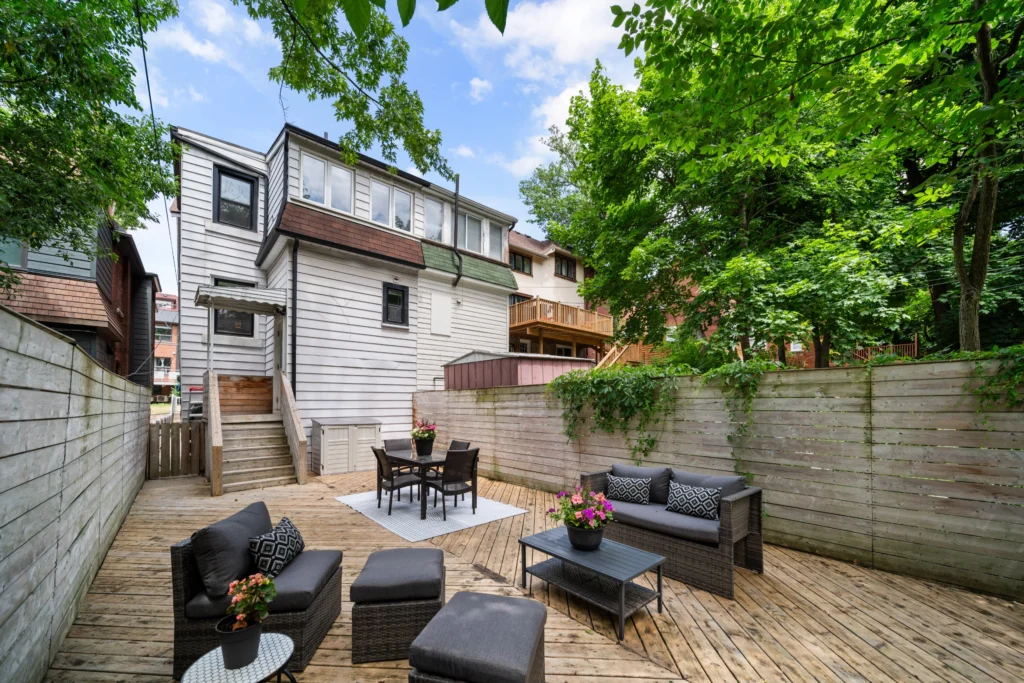How to Spot a Good Deal: Recognizing Hidden Potential
06/16/25

It started with a red-brick semi on a quiet Swansea street, one of those listings with dated wallpaper, shag carpet, and a kitchen that hadn’t seen an update since the ’80s. To most buyers, it was a hard pass. But for Claire and James, first-time buyers hoping to break into the west Toronto market, it was a rare opportunity. They saw past the surface and focused on the fundamentals: solid bones, a deep lot, and walkable access to Bloor West Village.
A few months and a modest reno later, their home was not only liveable but already rising in value.
Stories like Claire and James’ aren’t uncommon in neighbourhoods like the Junction or Runnymede, where older homes with good bones still offer a chance to build equity. But spotting that kind of value requires more than just watching the MLS. It means knowing what to look for, what to ignore, and how to act quickly when opportunity presents itself.
If you’re feeling overwhelmed by choices or unsure how to separate a true deal from a money pit, you’re not alone. Many first-time buyers feel the same way. Read on as we explain how to identify hidden potential, evaluate essential features, and avoid costly mistakes with tips specific to Toronto’s west-end market.
Location, Location, Location
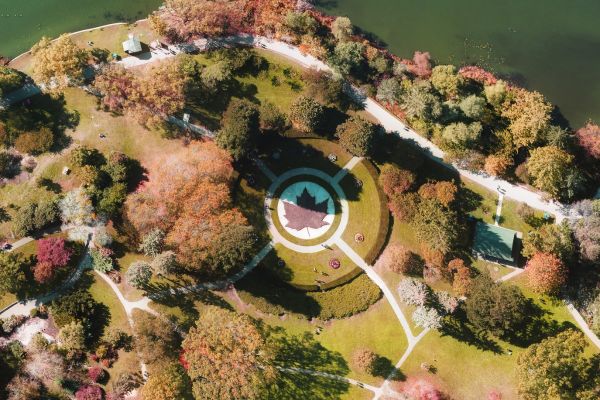
Where a home sits has more impact on its value than any granite countertop or finished basement. In West Toronto, location can mean the difference between a solid investment and a property that struggles to gain value. Look for neighbourhoods with rising demand, a mix of housing styles, and strong community vibes. Bloor West Village, for instance, remains a perennial favourite thanks to its walkability and family-friendly atmosphere.
Proximity to Amenities
Daily conveniences add more value than most cosmetic upgrades. Buyers should prioritize properties with easy access to grocery stores, cafes, parks, and transit. Walkability isn’t just a lifestyle perk; it contributes to long-term appreciation.
In the west end, being within a few blocks of High Park, the shops on Annette Street, or local farmers’ markets in the Junction can make a noticeable difference in price and demand.
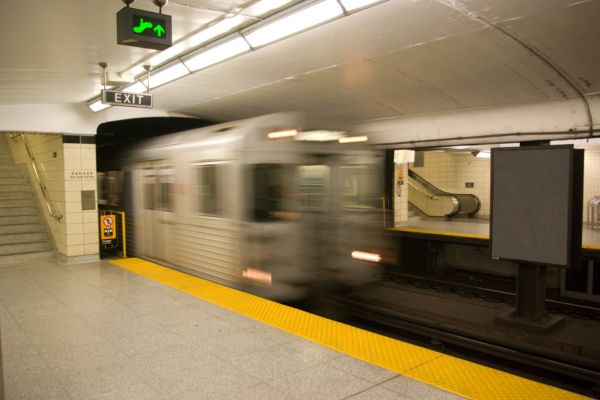
Properties near transit stations like the subway stops along the Bloor line offer an edge, especially for buyers who commute downtown. Even areas just outside the hottest zones, such as the eastern edge of High Park or pockets near the Stockyards, are seeing a surge as buyers look for value beyond the core.
Buying in the right location can give you a head start on appreciation. It’s less about trendiness and more about long-term livability and infrastructure. Watch for signs like new businesses opening, school upgrades, and road or park improvements. These often signal a neighbourhood on the rise.
School Quality
Good schools are a powerful driver of property values. Homes in catchment areas for well-rated schools often sell faster and hold value better. Families prioritize access to quality education, and that demand tends to remain stable regardless of market conditions. In areas like Swansea and Runnymede, the draw of top-ranked elementary and secondary schools can give a property a strong edge.
Safety and Crime Rates
Feeling safe is a fundamental part of feeling at home. Neighbourhoods with lower crime rates attract more long-term residents, contributing to a more stable and invested community. In Toronto’s west end, areas like Baby Point and parts of High Park are known for their safe, community-oriented environments, which consistently draw interest from buyers.
Environmental Factors
The natural surroundings of a home matter more than you might think. Proximity to green space, tree-lined streets, and clean air adds both lifestyle appeal and long-term value. Conversely, avoid areas prone to flooding or excessive traffic noise. Homes near High Park or along the Humber River trails offer an appealing blend of nature and convenience, key elements for maintaining and increasing property value.
Looking for more insights and helpful tips? Subscribe to get these delivered straight to your Inbox!
Look Beyond the Surface
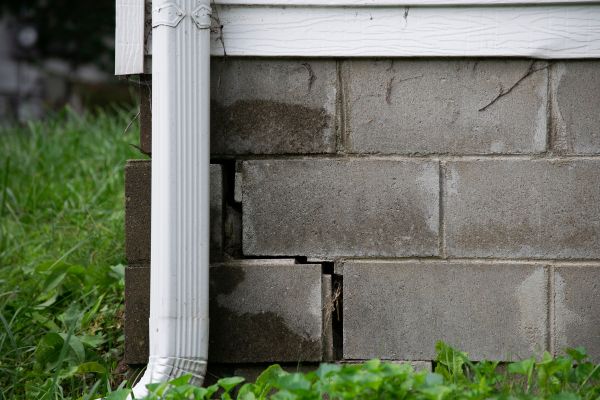
Fresh paint can hide a lot, but it won’t fix a faulty foundation. When viewing properties, try to focus on the essentials rather than the staging. Updated décor might be enticing, but it’s the structural integrity, layout, and core systems that ultimately matter.
Structural Integrity
Look closely for signs of foundational damage: uneven floors, cracks in the basement walls, or doors that don’t close properly. These issues can signal costly repairs. In older homes around High Park and the Junction, minor settling is common, but major cracks or signs of moisture should raise red flags.
Roof
A roof in good shape protects everything underneath it. Check for missing shingles, sagging areas, or water stains on upper-level ceilings. Roof replacements can run into the tens of thousands, especially on detached homes with multiple slopes or dormers.
Plumbing
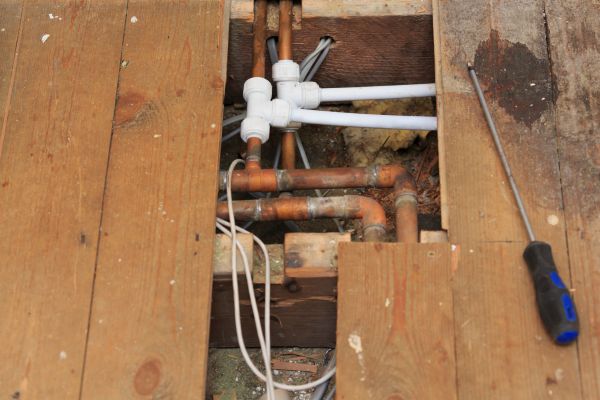
Run the taps and flush the toilets. Low water pressure, rust-coloured water, or leaks under sinks suggest problems. Many homes in older parts of west Toronto may still have galvanized pipes, which are prone to corrosion and should be replaced.
Electrical
Outdated systems are common in century homes. Check for knob-and-tube wiring, fuse panels, or insufficient outlets. These are signs that an electrical upgrade may be necessary—both for safety and to support modern usage.
HVAC
Ask for the age and maintenance history of the furnace and air conditioner. If they’re over 15 years old, factor in a replacement cost. Uneven heating or cooling, noisy operation, and high energy bills are also warning signs.
Evaluate the Property’s Potential
A home’s future value is shaped by more than bricks and mortar. When you look at a property, think about what it could become, not just what it is today. Understanding the bigger picture can help you identify homes with strong growth potential.
Demographic Trends
Neighbourhoods on the upswing often attract younger families, professionals, and downsizers. Look for places with cafes, coworking spaces, family services, and community events—these can signal growing interest and future demand. In west Toronto, areas like the Junction Triangle are seeing this shift, with a vibrant mix of residents and rising demand.
Infrastructure Developments
Check for planned projects like transit upgrades, new roads, or commercial builds. These investments can increase accessibility and boost property values over time. For example, projects near St. Clair West and Keele have already begun reshaping nearby property values.
Urban Planning and Zoning
Knowing local zoning bylaws and city plans helps you understand what the neighbourhood may look like in five or ten years. Speak with city staff or check online resources to find out if new housing, retail, or transit projects are on the way.
Community Development
Neighbourhood groups, park improvements, and local events all contribute to a sense of place. Active community involvement often signals stability and upward momentum. Areas near Baby Point and Runnymede with strong resident associations tend to show consistent value growth over time.
Evaluating a property’s future isn’t about guesswork; it’s about gathering the right info and making smart comparisons.
Weighing the True Cost of a Fixer-Upper
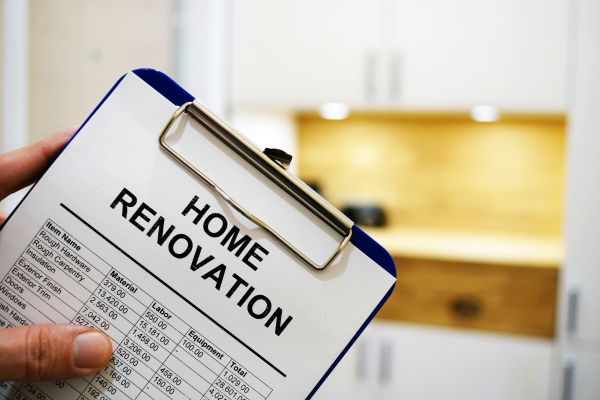
Cosmetic issues like outdated cabinetry or old carpet can often be fixed affordably. But big concerns, as those above, require more investment. Before falling in love with a property’s charm, consider what it will take to make it liveable and safe.
Calculate your total costs carefully if you find a home that needs work. Add the purchase price to realistic renovation expenses and compare that total to recently sold homes in the same neighbourhood. In many west Toronto pockets, a fixer-upper can still yield strong returns if the numbers make sense.
Engaging local contractors for quotes and timelines early can help avoid surprises. A property that looks rough on the outside might be your smartest buy if you’ve got the budget, time, and vision to make it work.
And if you’re not sure where to start, the Smith Proulx Team can help you read the signs and make informed decisions. Reach out any time, whether you’re searching for potential or ready to take the next step.
Feeling overwhelmed by choices?
Not sure where to start? The Smith Proulx Team can help you read the signs and make informed decisions.



